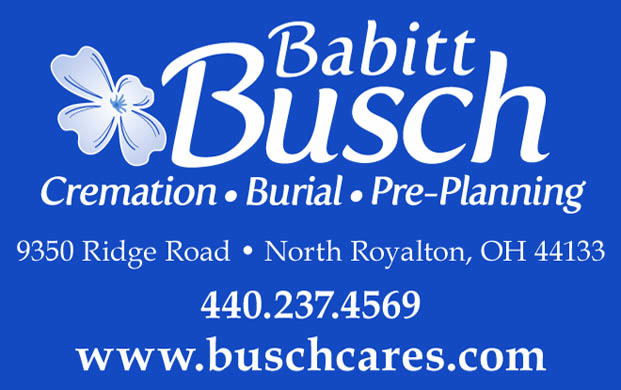Several water main breaks occurred in North Royalton in January, causing water outages and boil alerts. Unfortunately, this is not a rare occurrence, with aging water mains.
“Water main breaks are unpredictable,” according to the City of Cleveland, Division of Water (CDW). “A big factor is weather. The colder the weather is for an extended period of time, the more water main breaks occur. Breaks can also occur when there is a sudden increase in water pressure in a water main, such as when a fire hydrant is closed too suddenly.”
To report a water main break or a water leak, residents should call the CDW emergency call center at 216-664-3060. The center is open 24 hours a day. When calling, residents should know the following information in order for the quickest response:
• The street name, address and city
• Is there a safety issue involved
• If there is damage, such as flooding or the road is damaged
• How much water is flowing, from a trickle to a major flow
• Is it causing a major service disruption to customers
• Are there dangerous conditions, such as icy surfaces or street depressions
Once they receive the report, an investigator from the CDW will be dispatched to the area in order to investigate the situation and determine the severity of the break or leak. “The investigator may take the step of partially shutting valves in the area, to reduce the amount of flooding damage but still allowing some water service to customers until the repair crew can arrive,” according to CDW officials. “Based on observations, the investigator will re-prioritize the leak, potentially as an emergency if warranted, and will put the area into a temporarily safe condition. The status of all active repairs is constantly assessed and prioritized by managers, who will dispatch the next available pipe repair crew based on priority.” When the repair crew responds to the area of the break, they will first set up a safety perimeter.
Frigid weather, or just the normal freeze/thaw cycle of a northeast Ohio winter can also cause problems of freezing pipes in the home. Leaving a faucet open during freezing cold weather can help prevent pipes inside your home from freezing and bursting. The water in the pipes get very cold and can freeze if exposed to the cold. By leaving it on, it helps to keep the water circulating, especially if there is a pipe that is exposed to cold. A common problem, especially in older homes, is that the faucet bit on the outside of the house is not insulated and can cause the pipes to freeze. If that is the case, place a foam insulating cap on it to protect it. Also, make sure that the batteries in your thermostat are up to date. If not, switch out the batteries. Some of the programmable thermostats require batteries. Don’t wait to come home to a cold house, because your batteries have gone out. Frigid weather, coupled with a house that is not properly heated could lead to frozen pipes.
If your pipes do freeze:
• Make sure that the pipe is not cracked.
• Keep the faucet open. As the frozen area starts to melt, water will flow and running water will help melt the ice in the pipe.
• Apply heat to frozen area using a hair dryer, an electric heating pad wrapped around the pipe, or towels soaked in hot water.
• Use a portable space heater (keep away from flammable materials) to warm the area. (Never leave a space heater unattended). Apply heat until full water pressure is restored.
• Call a licensed plumber if you can’t find the frozen area, if the area is not accessible, or if the pipe won’t thaw.
Never Use a Blowtorch or Open Flame.
Over the past few years, the city had applied for grants from CDW to replace some of the more problematic areas throughout the city. They sought the funding through the CDW’s Suburban Water Main Replacement Program, which offers grants twice a year. “We have applied, but we haven’t been successful in getting them,” said Mayor Larry Antoskiewicz. “Their criteria is tough. Part of the problem is the area we are located. We aren’t scoring enough points. Other cities are scoring better than we are. We just haven’t scored well enough so far. Actually, we were looking at the map to see where we can apply again so we can finally get something.”
Antoskiewicz said that although the breaks are spread out around the city, one area where breaks have been prevalent is on Akins Road, between State and the Broadview Heights line. He said that the city had applied for funding for that area, but was unsuccessful. He said that he has talked with the Broadview Heights Mayor about the possibility of partnering up and repairing that section.
By GLORIA PLEVA KACIK
Contributing Writer














